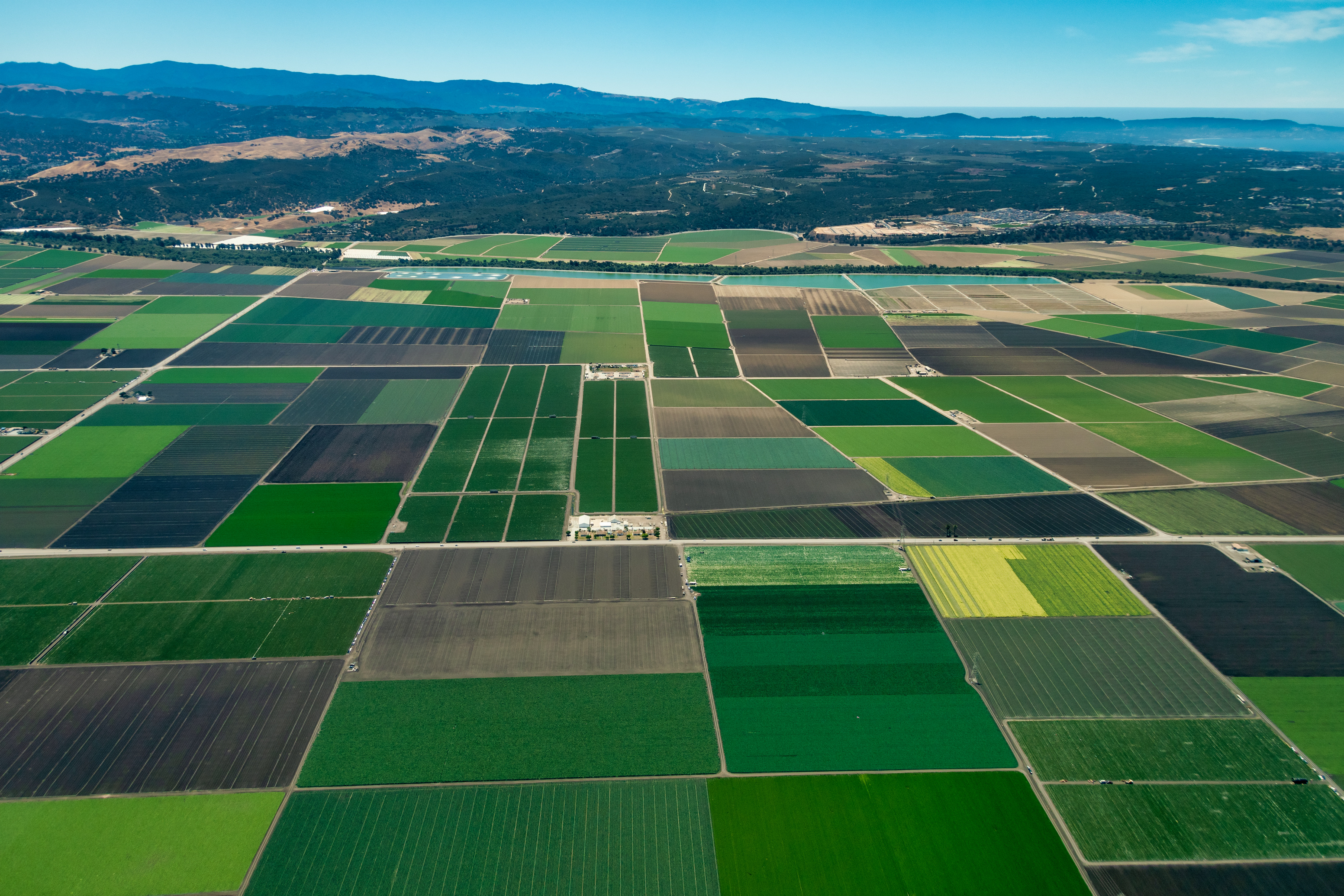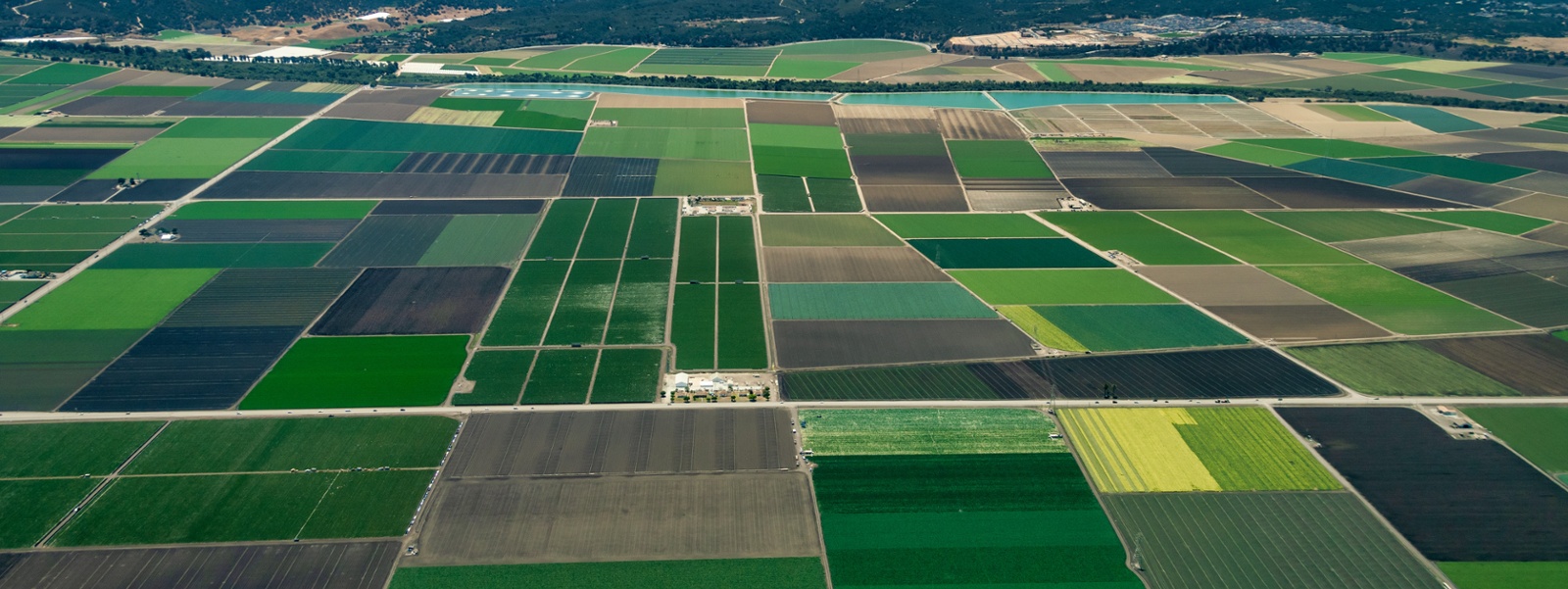Commentary: Farm Bureau: Protect more crops in 2023 Farm Bill

The Golden State produces more than 400 farm commodities but less than one-fourth is covered by crop insurance. The California Farm Bureau seeks expanded coverage in the 2023 Farm Bill.


By Matthew Viohl
With summer in full swing, lawmakers in Washington, D.C., are scrambling to get the 2023 Farm Bill done by this fall. Intended to be updated every five years, this legislation remains critical for the nation’s agricultural sector.
The money authorized in the bill helps fund a significant portion of U.S. Department of Agriculture programs. Although it is known as the “farm bill,” it is important to note that much of the legislation’s funding goes directly to food benefit programs such as the Supplemental Nutrition Assistance Program, or SNAP. Scoring by the Congressional Budget Office put the 10-year cost at around $1.5 trillion, 81% of which would go to SNAP alone.
The rest of the funding would go to myriad support programs, ranging from crop insurance to research, forestry and conservation. California Farm Bureau has worked with our state’s congressional delegation and the American Farm Bureau Federation to push for crop insurance to be one of the top-line priorities for our industry.
California produces roughly 400 agricultural commodities, but less than a quarter of them are covered by a specific crop insurance program. As disasters such as drought, wildfires and flooding continue to negatively impact producers in the West, the need for more support has grown. In recent years, this has taken the form of emergency disaster assistance such as the Emergency Response Program, formerly the Wildfire and Hurricane Indemnity Program Plus.
However, the reliance on what is known as “ad hoc” disaster funds can be extremely challenging for those who may need to access them. Given the acrimonious political nature of the nation’s capital these days, it is often difficult to secure one-time disaster fund approvals. Not only that, but the slow and deliberative process of Congress means producers are often left waiting years before they receive financial aid. This is simply not a sustainable practice if the goal is to keep our industry afloat.
Thankfully, this message has been generally well received in our discussions with lawmakers in Washington, D.C. There seems to be a majority belief that crop insurance must be expanded to help fill the gaps in support, meaning that California farmers and ranchers could be in line to see help in the coming years.
Elsewhere, we are also pushing for a robust forestry title that truly helps ensure our land management practices work effectively and efficiently. Ongoing regulatory hurdles have bogged down recovery efforts in areas impacted by wildfires. Despite the growing threats of more blazes happening, jurisdictional challenges between public and private land ownership have complicated prevention efforts.
It is our hope that many of the changes we seek in this area will put California in a significantly better spot to combat these challenges. As many people learned in Washington, D.C., and elsewhere on the East Coast a few weeks ago during smoky and haze-filled commutes due to wildfires in Canada, the impacts can be felt hundreds or even thousands of miles away. Fire prevention and better land management practices benefit more than just agriculture.
Californians are also often at a disadvantage in accessing many USDA programs merely by nature of where they live. Adjusted gross income limits baked into many of these programs often restrict who may access them. The intent is to prevent large-scale operators from using benefits or resources intended for smaller producers. Unfortunately, given the costs of land and doing business in California, our AGI limits are often much higher than you might find in the middle of Montana or Wyoming.
To address this, we have worked with several offices to push for a fix on income limits that would consider the relative costs of doing business out West. While this might be a more challenging ask, our state is the largest agricultural producer in the country and USDA resources should not be unfairly applied to leave at-risk farmers and ranchers in the dust.
These priorities scratch only the surface of what the 2023 Farm Bill will encapsulate. We pushed for changes in nearly all of the bill’s 12 different titles. Trade and market challenges, increased research funding and workforce development issues within USDA and its field offices are just some other areas we’ve asked lawmakers to address.
It remains to be seen whether the Sept. 30 deadline can be met. Congress only very recently closed its public and internal portals for farm bill recommendations. Given the size and scope of the legislation, it will take much work for them to get it done prior to the deadline. Some have suggested a short-term extension will provide the needed time to pass the bipartisan bill.
In any case, California Farm Bureau pushes ahead with the expectation that we can deliver a big win for agriculture, especially for our western producers.
(Matthew Viohl is director of federal policy for the California Farm Bureau. He may be contacted at mviohl@cfbf.com.)




